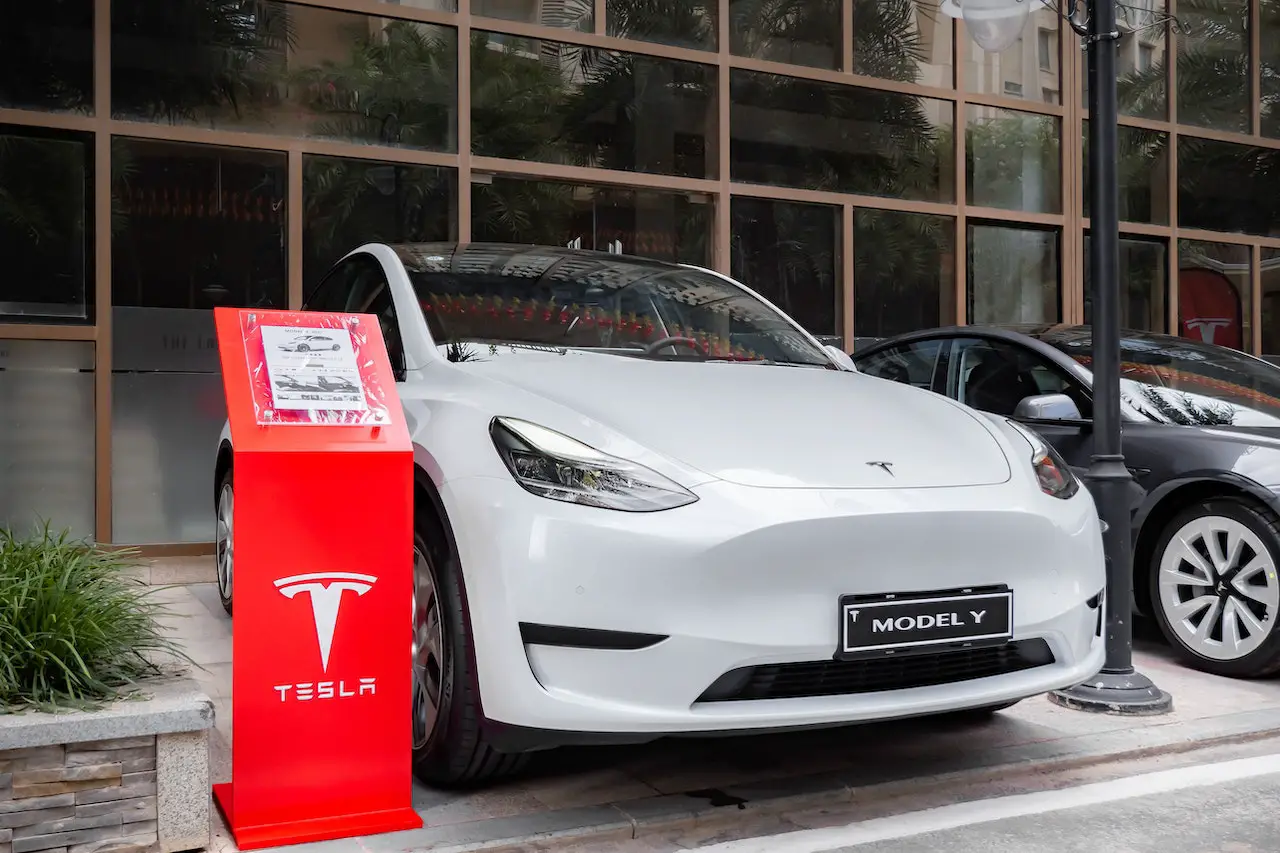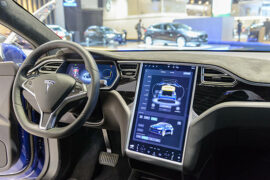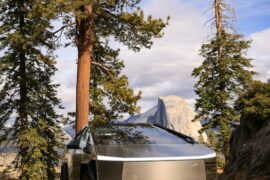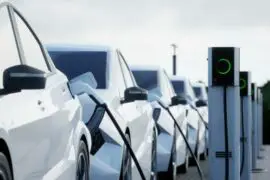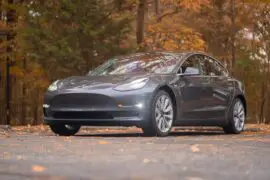In the dynamic landscape of electric vehicles (EVs), Tesla has emerged as a frontrunner, pioneering advancements that redefine the driving experience. At the heart of Tesla’s innovation lie two distinct battery technologies: the Lithium Iron Phosphate (LFP) battery and the traditional Lithium-Ion battery. This article delves into the captivating comparison between Tesla LFP battery vs lithium-ion batteries, exploring their respective strengths, ranging from safety and cost efficiency to energy density and fast-charging capabilities. By navigating through these intricacies, we unveil the intricate balance Tesla strikes between safety, performance, and sustainability in its quest to revolutionize the EV industry.
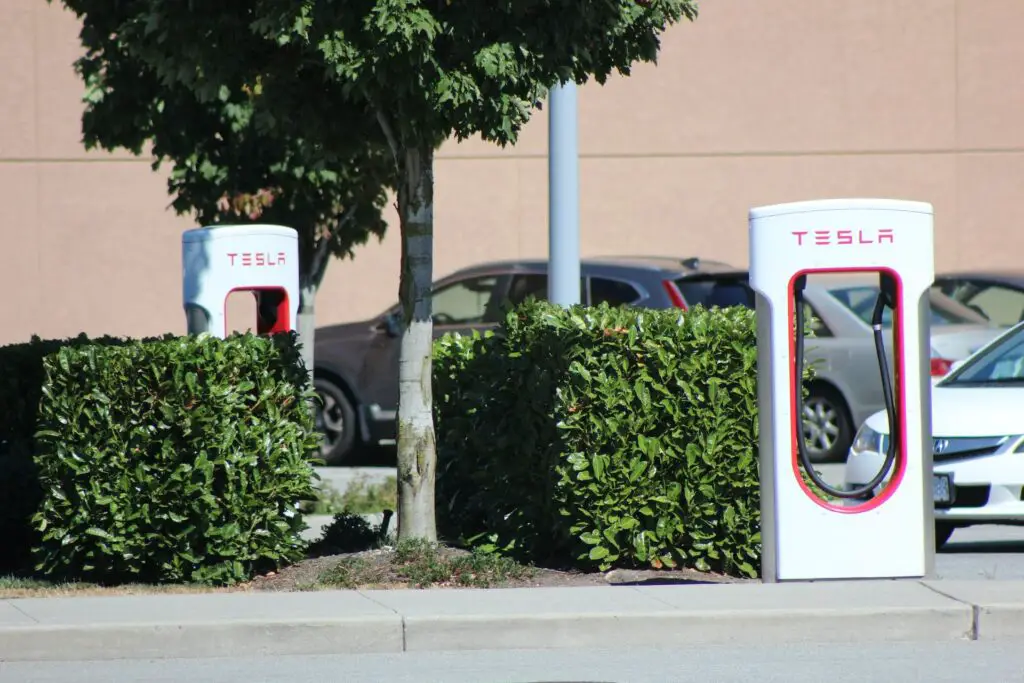
Contents
Tesla’s LFP Battery
Lithium Iron Phosphate (LFP) batteries represent a paradigm shift in battery technology, harnessing the inherent safety benefits of their chemistry. Unlike traditional lithium-ion batteries, LFP batteries utilize iron phosphate as the cathode material, significantly reducing the risk of thermal runaway and fire incidents. This enhanced safety profile makes LFP batteries a compelling choice for EV manufacturers like Tesla, instilling confidence in both drivers and regulators regarding vehicle safety standards.
Moreover, the cost efficiency of LFP batteries is a key driving factor in Tesla’s strategic battery choices. The manufacturing process for LFP batteries is relatively straightforward and requires fewer expensive materials like cobalt, resulting in lower production costs. This cost advantage translates into more affordable EVs for consumers, aligning with Tesla’s mission to accelerate the adoption of sustainable transportation solutions.
Tesla’s adoption of LFP batteries is exemplified by models like the Tesla Model 3 Standard Range Plus in China, where these batteries are prominently featured. The market impact of such models underscores the viability and market acceptance of LFP battery technology, further solidifying Tesla’s position as an industry leader in sustainable mobility.
Lithium-Ion Batteries
Lithium-ion batteries have long been heralded for their impressive energy density, a result of their chemistry that allows for higher storage capacity in a compact package. This characteristic gives lithium-ion batteries an edge in providing EVs with extended driving ranges, addressing one of the primary concerns of electric vehicle adoption.
Furthermore, lithium-ion batteries boast fast-charging capabilities, making them a practical choice for drivers seeking efficient recharging options. Advancements in battery technology have enabled Tesla models equipped with lithium-ion batteries to take advantage of rapid charging infrastructure, reducing downtime and enhancing overall convenience for EV owners.
Tesla’s lineup includes flagship models like the Model S, Model X, and Model Y, all powered by advanced lithium-ion battery technology. The performance benefits of these batteries are evident in the impressive acceleration, range, and charging capabilities of Tesla’s EVs, showcasing the prowess of lithium-ion technology in delivering a compelling driving experience.
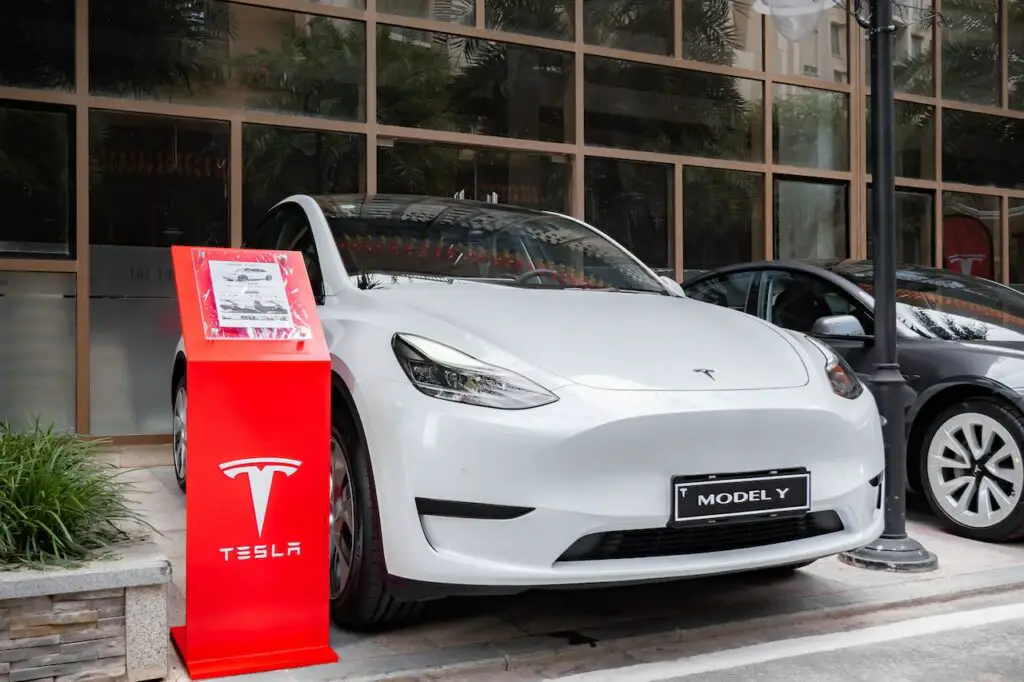
Comparison between Tesla’s LFP Battery and Lithium-Ion Batteries
Safety:
- LFP Batteries: Known for their robust safety profile, LFP batteries offer higher resistance to thermal runaway and are less prone to fire incidents compared to lithium-ion batteries.
- Lithium-Ion Batteries: While generally safe, lithium-ion batteries can be more susceptible to thermal runaway, especially under extreme conditions, necessitating stringent safety measures during manufacturing and operation.
Cost:
- LFP Batteries: LFP batteries are cost-effective to produce due to simpler manufacturing processes and the absence of expensive materials like cobalt, making them a more economical choice.
- Lithium-Ion Batteries: Depending on the specific chemistry used (e.g., NCA, NMC), lithium-ion batteries can be more expensive due to the inclusion of materials like cobalt and nickel, impacting overall production costs.
Performance:
- Energy Density: Lithium-ion batteries typically offer higher energy density than LFP batteries, allowing for longer driving ranges and enhanced performance in EVs equipped with lithium-ion technology.
- Charging Speeds: While both battery types support fast-charging capabilities, lithium-ion batteries often excel in rapid charging, reducing the time needed to recharge EVs and improving overall convenience for drivers.
Factors Influencing Tesla’s Battery Choices
Market Demand:
- Tesla closely monitors consumer preferences and industry trends to inform its battery selection. Shifts in demand for specific features such as safety, performance, and cost-effectiveness play a crucial role in determining whether Tesla opts for LFP batteries or lithium-ion batteries in its electric vehicles (EVs).
Technological Advancements:
- Continuous improvements in battery technology directly influence Tesla’s decisions. Advancements in energy density, charging speeds, and safety features of both LFP and lithium-ion batteries impact their suitability for different Tesla models and market segments.
Sustainability Goals:
- Tesla’s commitment to sustainability is a driving force behind its battery strategy. The company prioritizes environmentally friendly battery chemistries and manufacturing processes, aligning with its broader goal of accelerating the transition to sustainable energy solutions.
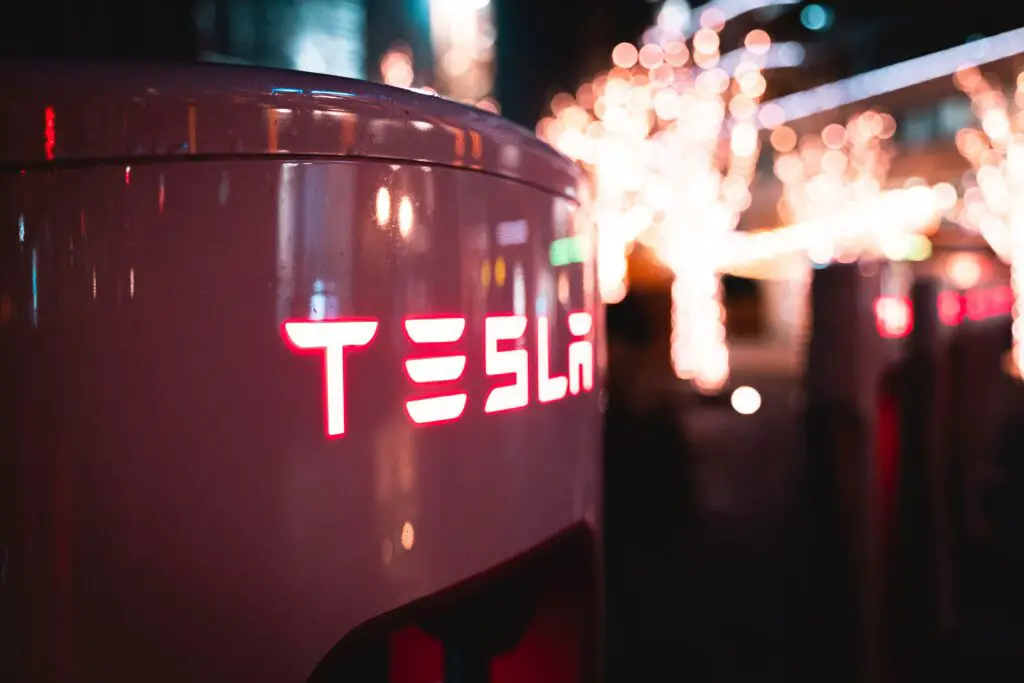
Conclusion on Tesla LFP battery vs lithium-ion batteries:
The comparison between Tesla’s LFP battery and lithium-ion batteries showcases a dynamic landscape where safety, cost, and performance factors intersect to shape the future of electric vehicles (EVs). While LFP batteries offer robust safety features and cost efficiency, lithium-ion batteries excel in energy density and fast charging capabilities.
Tesla’s nuanced evaluation of these factors reflects its commitment to delivering cutting-edge EVs that meet diverse consumer needs. This strategic approach underscores the importance of balancing safety, cost-effectiveness, and performance to drive innovation and sustainability in the automotive industry.
Looking ahead, future developments in Tesla’s battery technology hold immense promise for the EV industry. Advancements in energy storage, charging infrastructure, and sustainable battery materials are expected to further enhance EV performance, range, and environmental impact. Tesla’s continued focus on pushing the boundaries of battery technology signals a bright future for electric mobility, paving the way for a cleaner, greener transportation ecosystem globally.
Electrifying Tesla Motor Torque Model Y
Ultimate Guide: Reset Tesla Screen While Driving 2024
Unleashing Tesla’s Internet Power: Does Tesla have internet? 2024

